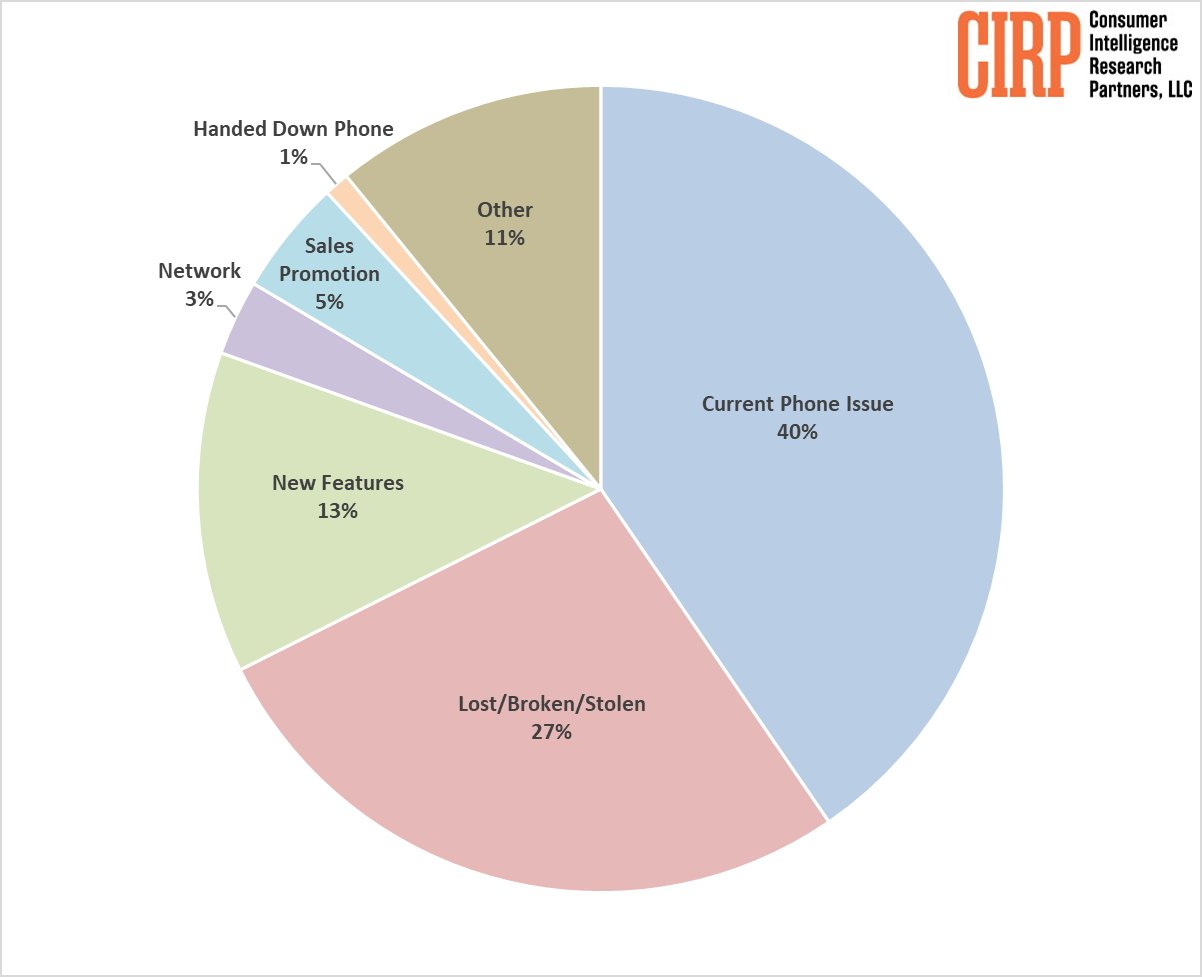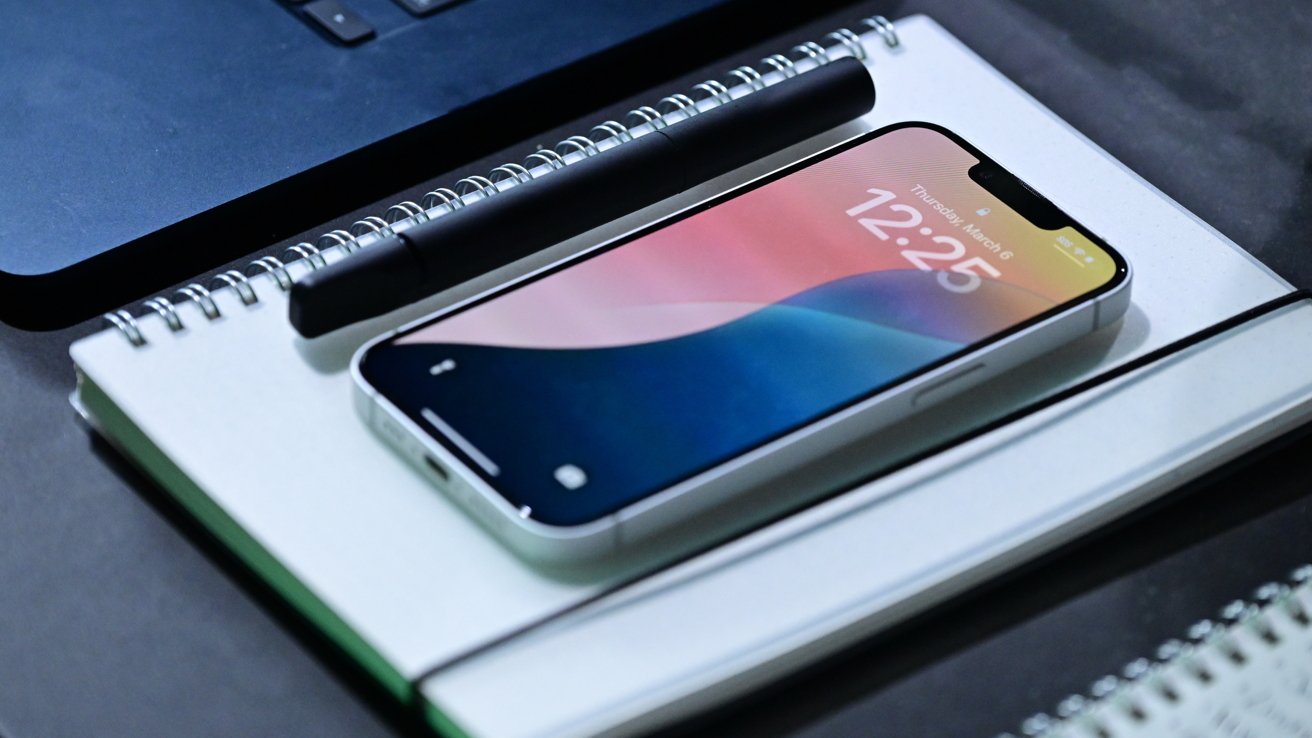
When contemplating the decision to purchase a new iPhone, several factors come into play that extend beyond the mere allure of the latest technology. Understanding these influences can be both comforting and empowering, especially when making a choice that best suits personal needs and financial circumstances.
One major influence is the hardware challenges that users face with their current devices. Issues such as cracked screens, battery degradation, and overall slower performance become significant pain points. It’s well documented that 67% of iPhone users have been compelled to purchase a new device due to some form of degradation or outright failure, with 40% attributing this decision specifically to hardware concerns like screen or battery issues.
Security and protection are also at the forefront of consumer concerns. Let’s acknowledge how unsettling it can be when a phone is lost, stolen, or damaged beyond repair. Such events not only cause inconvenience but also impact our sense of safety and connectivity. In these situations, replacing the device becomes a necessity rather than a luxury, further contributing to iPhone sales.
Additionally, while new features such as advanced cameras and enhanced displays do capture interest, they are not the primary drivers behind upgrading decisions for most consumers. Instead, the practicality of addressing immediate hardware failures and the emotional relief of resolving these daily tech struggles often take precedence.
It’s important to note the subtle but significant role of trade-in programs and promotional offers. These incentives can provide much-needed cost relief, making the prospect of owning a new device more accessible. Such financial considerations should not be underestimated, as they can significantly sway decision-making processes for many iPhone users looking to enhance their mobile experience without breaking the bank.
The sight of a cracked screen on a beloved iPhone can evoke a mix of frustration and resignation. For many users, these impairments become a tipping point in the decision to purchase a new phone. It’s a common scenario: considering whether to live with the imperfections or to embrace the clarity and functionality of a new device. The emotional and practical implications of continuing to use a device with a cracked screen often outweigh any hesitation about the cost of upgrading.
For individuals juggling busy personal and professional lives, the inconvenience of a damaged screen extends beyond aesthetics. Interacting with flawed displays can impair the simple pleasures of seamless navigation and clear communication. Everyday tasks, from sending a quick text to reviewing important documents on the go, become increasingly cumbersome. It’s in these moments that many consumers find themselves yearning for the effortless usability associated with a pristine device.
Repair options do exist, but they frequently come with their challenges. The cost of replacing a screen at an Apple store or an authorized repair center can be steep, often ranging between $150 and $300 depending on the model. On the other hand, seeking out a cheaper, third-party service introduces concerns about the quality of parts and potential impacts on long-term device performance. These factors heavily influence consumer preferences towards lessening risks by investing in a new phone rather than enduring more extensive inconvenience.
The decision is further simplified by Apple’s continuous enhancement of trade-in programs and financing options. These initiatives provide consumers with a valuable opportunity to offset the cost of a new purchase, making it a financially viable option for many. As a result, the transition from old to new becomes not just a practical necessity but a tangible improvement in daily life.
Ultimately, the prevalence of screen damage among iPhone users plays a significant role in driving sales. It highlights how crucial tangible device conditions are in influencing consumer behavior, often overshadowing the allure of new features. By understanding this dynamic, Apple is strategically positioned to cater to both the emotional and practical needs of its loyal user base, reinforcing their decision to return to familiar, reliable technology with each upgrade.
Battery life is a critical factor that significantly influences the decision to upgrade to a new iPhone. The subtle decline in battery performance over time becomes a pressing issue for many users, especially as devices age. This degradation is more than just a minor inconvenience; it affects how frequently your phone requires charging, potentially disrupting daily life, whether you’re working, traveling, or relying on your device for navigation and communication.
Understanding the science behind battery degradation can help demystify these concerns. A typical lithium-ion battery, like those used in iPhones, begins to lose its capacity after roughly 500 charge cycles. This gradual loss in capacity manifests as a reduced ability to hold a charge, leading to the frustrating reality of constantly chasing after power outlets or carrying portable chargers anytime you’re out and about.
When faced with an aging battery, consumers are often presented with a choice: replace the current battery or invest in a new device altogether. Given the potential costs and hassle associated with battery replacement, many find that an upgrade offers more value. This decision is often influenced by the perceived life cycle of other components as well—why replace one part when others might soon follow suit in terms of failure?
Apple’s trade-in programs and the availability of financing options tilt the scales for many. These initiatives make upgrading less daunting financially, offering a smoother transition to newer models equipped with better battery technology, improved efficiency, and overall enhanced performance. The allure of a device that can keep up with demanding days without needing constant recharging is a powerful motivation for consumers drawn to efficiency and convenience.
Moreover, this recurring issue with battery deterioration underscores a broader consumer trend: the preference for reliability. People value the peace of mind that comes with knowing their device can perform consistently without unexpected power failures. In this context, upgrading becomes less about the desire for novel features or aesthetics and more about ensuring functionality that aligns with everyday needs.
The role of battery life in the decision-making process around iPhone upgrades directly impacts Apple’s sales. The company’s understanding of these consumer pain points is evident in their marketing strategies and the design of new models. By addressing hardware reliability, Apple not only satisfies existing customer expectations but also fosters continued loyalty by evolving with user needs rather than ahead of them.
The anticipation surrounding artificial intelligence cannot be understated, with its promises of revolutionizing the way we interact with our devices. However, when it comes to driving iPhone sales, AI’s impact has been relatively subdued. While the tech world buzzes with AI-driven innovations, consumers remain largely unpersuaded to replace their phones solely based on these advancements. Practical realities and immediate needs consistently outweigh AI’s futuristic promises.
For many iPhone users, the daily challenges posed by aging hardware overshadow the appeal of AI capabilities. The frustrations of slow processors, unresponsive touchscreens, or waning battery life are more persuasively pressing than the lure of an AI-enhanced camera or voice assistant. When faced with these logistical hurdles, the urgency to replace a failing device trumps subtle AI enhancements.
Apple’s foray into AI is evident in features like improved photography, smarter facial recognition, and seamless user interface experiences. These innovations delight tech enthusiasts and certainly add value, but they don’t typically drive mass consumer behavior when it comes to deciding on upgrades. For the average consumer, the comfort of knowing their device will consistently perform basic, expected functions carries more weight than sophisticated AI extras.
Interestingly, despite the tech trends leaning heavily into AI, a significant portion of the customer base focuses more on reliability and longevity than on adopting premium features that may remain abstract to their everyday uses. This sentiment is reflected in numerous surveys and reports indicating that AI’s presence, while noticed, isn’t the primary factor in the buying process.
Moreover, Apple’s strategy, though inclusive of advancing AI technology, often emphasizes how these features complement existing hardware rather than redefine it. This approach acknowledges that AI, while pivotal to future tech developments, currently plays a supportive rather than leading role in the real-world priorities and purchasing decisions of many iPhone users.
As the technology landscape continues to evolve, AI will undoubtedly become a more integrated part of the smartphone experience. However, in the current market dynamics, it’s essential to recognize that AI’s potential, while vast, is yet to become the singular force that dictates iPhone sales. Instead, it remains part of a broader suite of offerings that enhance user experience once core functional needs are reliably met.
In the ever-evolving landscape of consumer electronics, market dynamics and trends play a crucial role in shaping purchasing decisions, especially in a mature market like that of the iPhone. Consumers today are more informed and discerning, balancing desires and necessities with a keen eye on value and practicality. This shift in consumer behavior towards more pragmatic upgrade cycles has redefined how brands like Apple stack up against consumer expectations.
A significant trend influencing this market is the gradual increase in the average lifespan of smartphones. With advancements in technology, iPhones are lasting longer, and users are often satisfied with their performance beyond the two-year upgrade cycle that was once the norm. This longevity means upgrades are increasingly driven by pressing functional needs rather than the allure of new features. Apple’s challenge lies in making each new release compelling enough to entice users to upgrade in a market where incremental improvements are the new standard.

Economic factors also weigh heavily on purchasing decisions. As global financial landscapes fluctuate, consumers are more cautious about their spending. This caution translates into a preference for trade-in options and financing plans that make the prospect of obtaining a new device more manageable. Apple’s strategic emphasis on such consumer-friendly programs acknowledges these realities, providing pathways for users to enjoy the latest technology without the burden of upfront costs.
Moreover, cultural shifts toward sustainability have not gone unnoticed. There is a growing conscientiousness among consumers about the environmental impact of frequently upgrading electronic devices. By holding onto their phones longer, individuals contribute to reducing electronic waste, a factor that companies are increasingly taking into account with their marketing and product sustainability efforts.
Interestingly, while technological innovation continues to progress, the consumer psyche remains anchored in values like dependability and trust. Apple capitalizes on this by enhancing user confidence in their products, underscoring not just innovation but also consistency and reliability. As a result, Apple’s market strategy aligns closely with these consumer trends, producing a resonance with users who value both cutting-edge features and foundational reliability.
Understanding consumer trends and market dynamics offers a comprehensive view of how iPhone sales are driven not just by technological leaps but by a complex interplay of personal preferences, economic considerations, and societal values. This insight into the consumer psyche allows Apple to not only meet current demands but also anticipate future shifts, continuously refining their approach in a market characterized by both incremental innovation and enduring loyalty.
